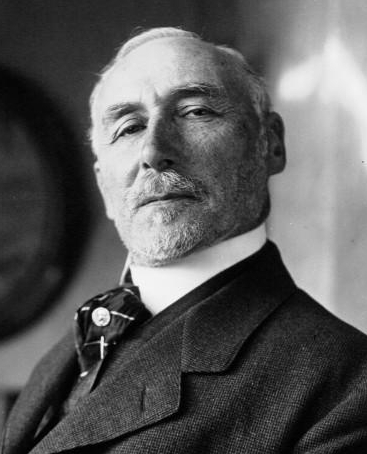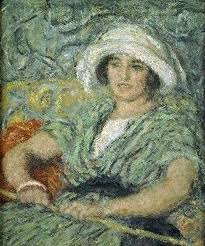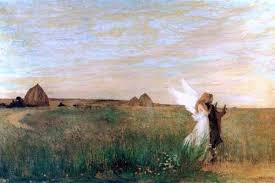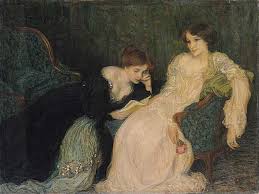
1858 - 1936
Edmond Aman-Jean

description
A French painter, graphic artist and decorator. He worked at the time of “Age of Fin de siècle” (“The End of the Century”), characterized by the fear of the future, a sense of the inevitability of the approaching end of the world.
He was born into the family of an entrepreneur. The father of the future artist supported his son’s paintings. Thus, Aman-Jean received education in Italy and Paris.
Edmond Aman-Jean was a regular participant of “Rose + Kest”, the salon of symbolists, and became one of the founders of the Salon of the Tuileries, the annual exhibition of painting and sculpture in Paris. The artist is known as a talented portraitist who created many wonderful female images, as well as a teacher whose students were successful and famous artists. He depicted his friends – Paul Verlaine and Stefan Mallarme, as well as other famous personalities of his time. In addition, Aman-Jean was engaged in interior paintings, the most famous of which are murals in the Sorbonne University and panels for the Museum of Decorative Arts in Paris.
Key ideas:
– At the beginning of his career, Aman-Jean created canvases on historical and allegorical themes, such as “Joan of Arc”, as well as decorative, fantasy-filled pictures with mythological heroes.
– Basically, the master depicted women who were distinguished by the melancholy elegance of the features and languid, relaxed poses. A somewhat darkened background makes the paintings mysterious and creates a special intimate atmosphere.
– The palette of the artist is distinguished by its saturation and the harmonious combination of colors. In female portraits, Aman-Jean preferred to use juicy red, yellow and soft pink colors. The paintings are filled with soft warm light, which evenly illuminates the face and figure of the model.
– The artist painted long, winding strokes, which are a characteristic feature of his work.
– In graphics, Aman-Jean used the original technique, creating an image from a large number of wavy lines, so that the picture seems woven with multi-colored threads.
– In his symbolist canvases, the artist used mythological subjects and fictional characters. The paintings of Aman-Jean have a deep meaning and some understatement, as if inviting the viewer to independently develop the plot. For example, his picture “Hesiod inspired by Muse”, where the ancient Greek poet walks leisurely, as if he does not notice the white-winged muse whispering secret messages to him. The painting radiates calmness and immerses in a fantasy world, like many other paintings by Edmond Aman-Jean.
1858
1880
1883
1886
1892 - 1893
1900
1910
1912
1936
The birth of the artist
Entered the Paris Academy of Fine Arts

Studied the great painters of the past

The artist visited Rome and Venice

After returning from the trip, he got acquainted with the works of poets-symbolists, and also began to actively show his paintings at the Salon.
Exhibited his works at the Salon of the Rose and the Cross

He became close to the artists of the Nabi group

Created a series of decorative panels

He was engaged in decorating the amphitheater at the Department of Chemistry at the Sorbonne

The death

